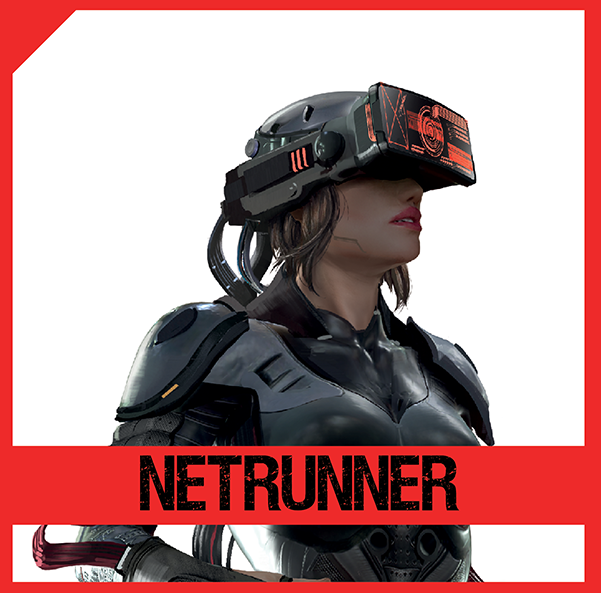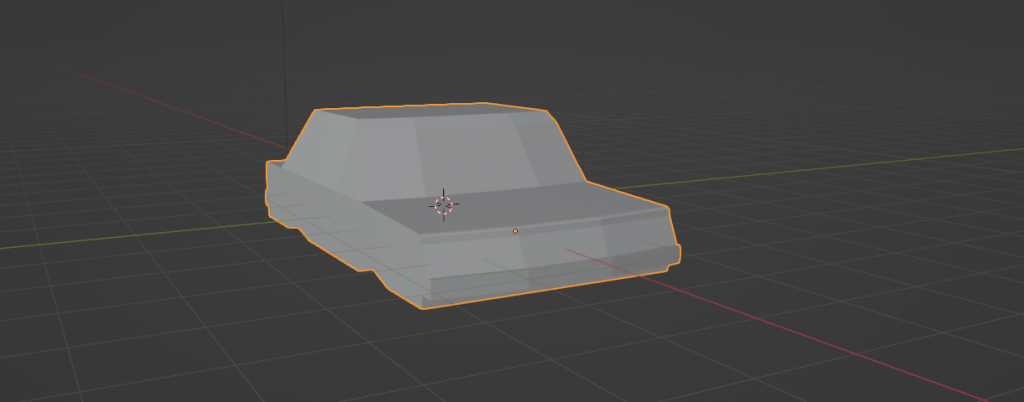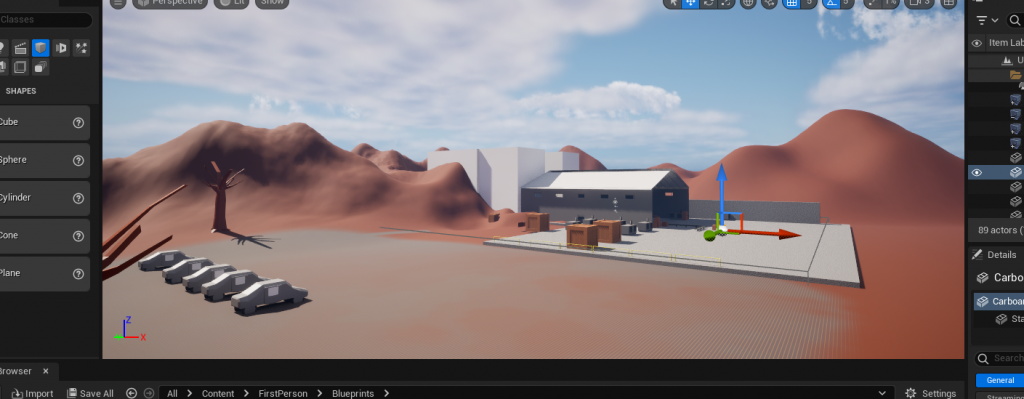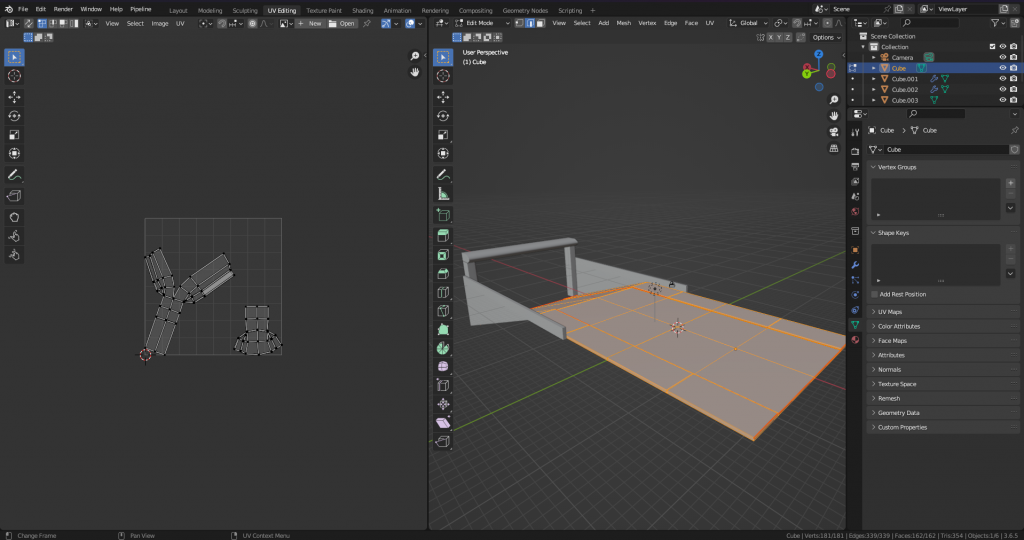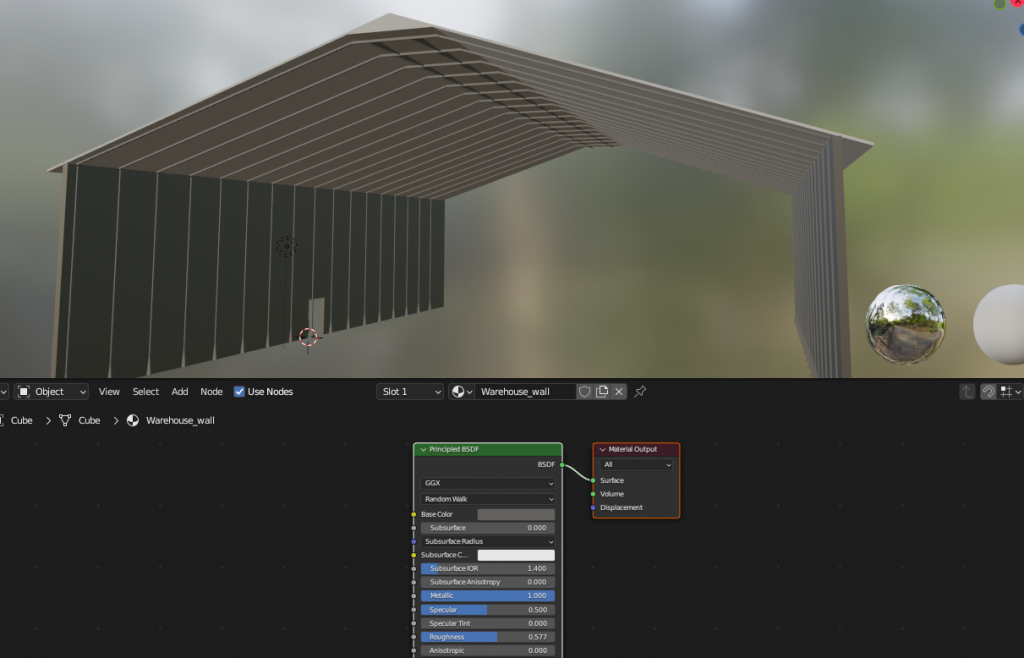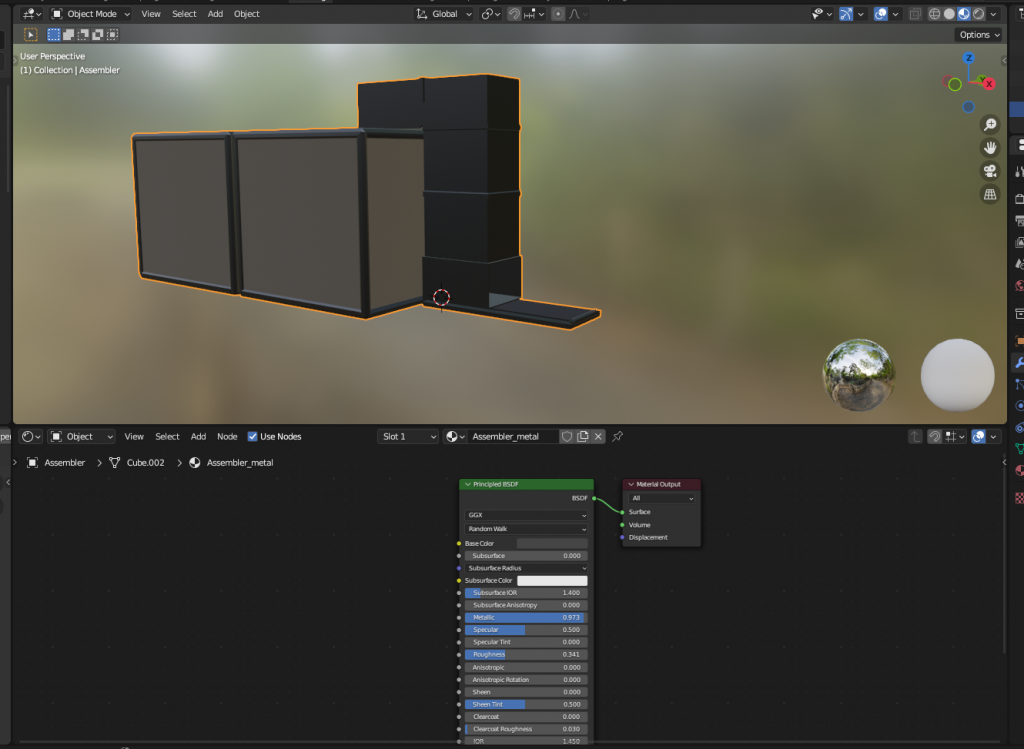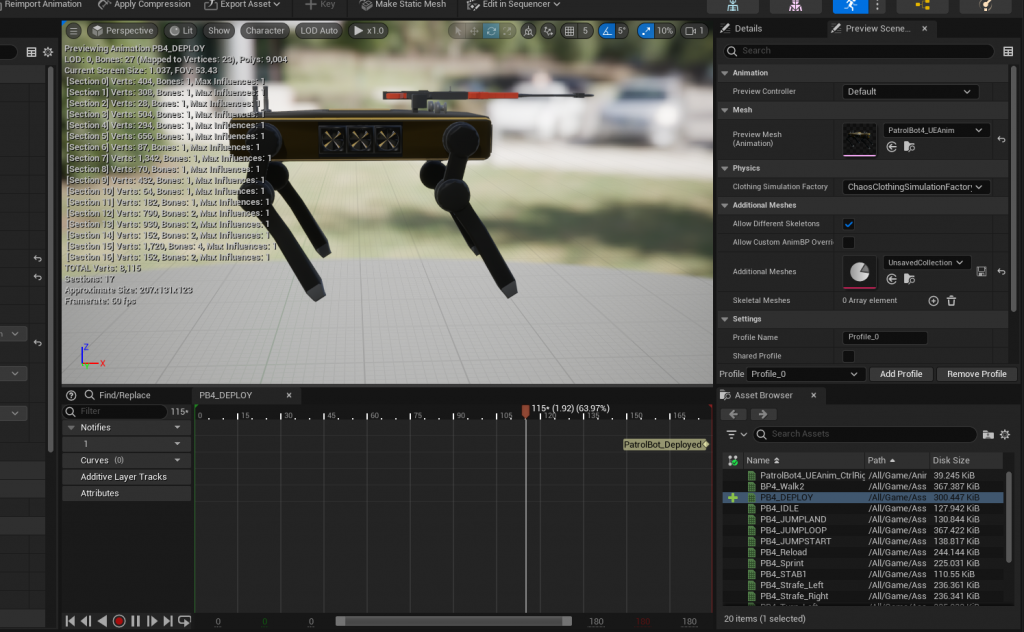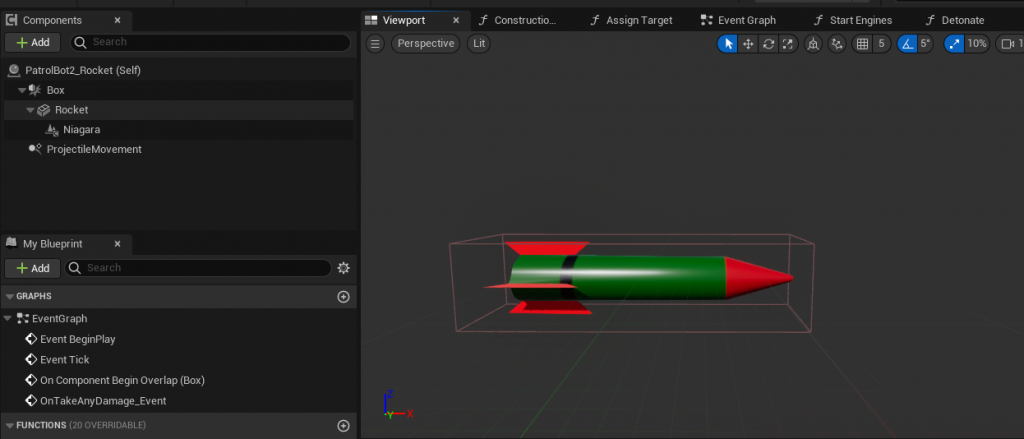Did a bit more work on the cyberpunk stuff Functionally I think I’m close. I’m probably not going to add branching paths to the floors but I’d rather get this locked down then I can transition the viewing to a better 3d model view (with elevator and all). Code is posted here: https://github.com/wfkolb/CyberpunkRedCyberspace Again this […]
More Vibe coding
I wanted to setup a way to visualize the cyberspace for cyberpunk red ( https://www.cbr.com/cyberpunk-red-netrunner-class-explained/ ) for awhile and I never found a good solution. So I tried spinning up my own version with some chatgpt help: Looks like crap but if I get a simple viewer working it should be easy enough to get […]
Maybe a Car?
I started making a car I was trying to base it off of https://www.classic.com/m/bmw/3-series/e36/m3/ and I think the vibe is kinda there? I think the wheel wells are kinda in the right place: My goal is to have a driving sequence at some point. But honestly this might just be a thing I hold off […]
“If the robot makes three beeps don’t stand in front of it.”
Threw the muzzle flash 3d model into the explosion so we get some kinda fire out of it. It works much better than I expected: Also attempted to make some light-bulbs that hang from the ceiling but it turns out the unreal provided cable component (https://dev.epicgames.com/documentation/en-us/unreal-engine/cable-components-in-unreal-engine) doesn’t apply physics forces to whatever it’s attached to. […]
Environment
Churning through this first semi-finalized level (which will probably be the demo level). The idea here is that the warehouse will open up to an underground section.
They Keep killing each other…
I re-wrote a bunch of the patrol bot AI to use EQS (Environmental query system: see https://dev.epicgames.com/documentation/en-us/unreal-engine/environment-query-system-quick-start-in-unreal-engine#2-environmentquerycontext ) , which should greatly simplify the the bots and give them better criteria to find spots that see the player, but are also kinda close. Here’s the EQS Tree: Essentially EQS is a way to break up […]
Build build build build
I made a real spawn location for the patrol bots: Isn’t too much to it, just a bunch of boxes and a conveyor that spits out the bots. I reworked some of the deployment logic so that bots are physics objects before they get fully deployed. That way I can do stuff like drop them […]
The 5th rocket post
Added particles and sounds for rockets, also added a laser point to the rocket bot. I made the rocket sound myself by doing a lame attempt to copy the image here (idk the context I straight up just googled “Rocket Sound Spectrum”) I did this by making some white noise generators in Abelton and filtering […]
Sound-y Sound and Bot Deployments
I swear the snare isn’t as prominent on my pc…. Added in ai perception logic (Also the hud is still crap and rockets fly through walls….) Right now I have the detection radius at like 1m so thats why I have to rub against the robot to get it standing up. This required some mods […]
Rockets….Rockets Everywhere
Got some rockets made, they use UE5 projectile movement atm. I hit a couple funny bugs along the way: The final result turned out fine. There’s 1000 things I want to fix on this (explosion sounds/effects, better reload animations, better looking rocket in general, tune speed blah blah blah). But the framework of the idea […]

